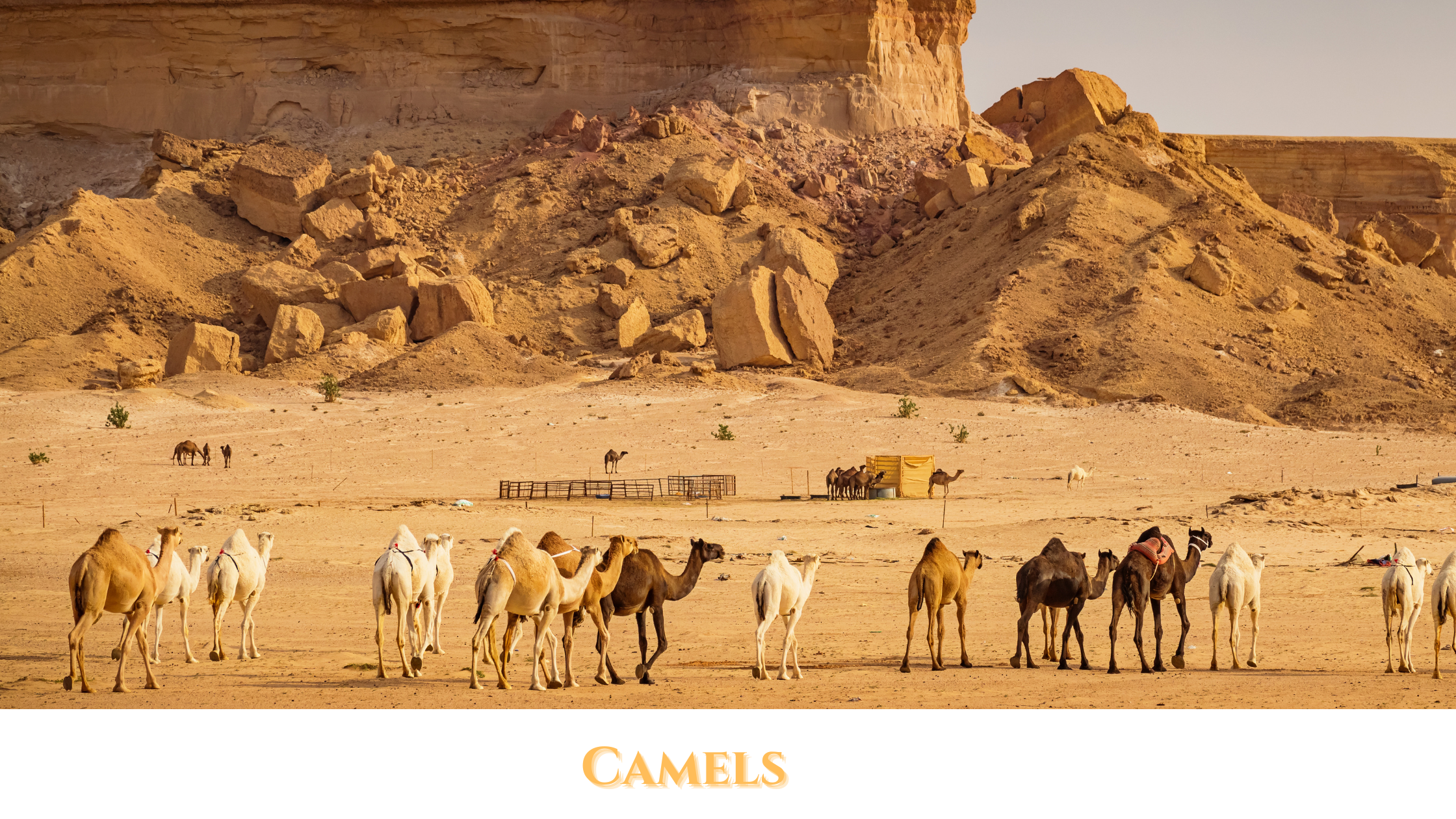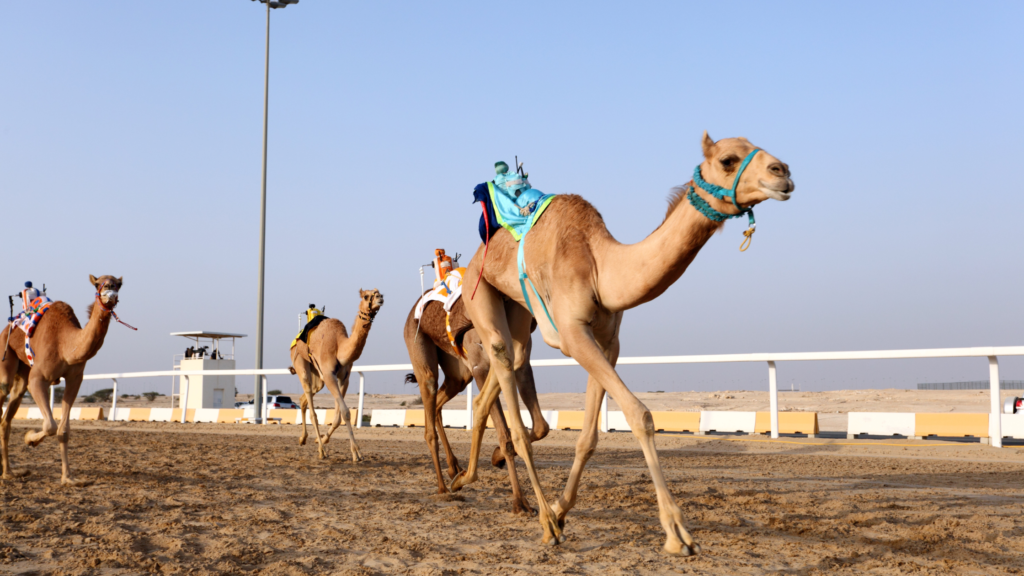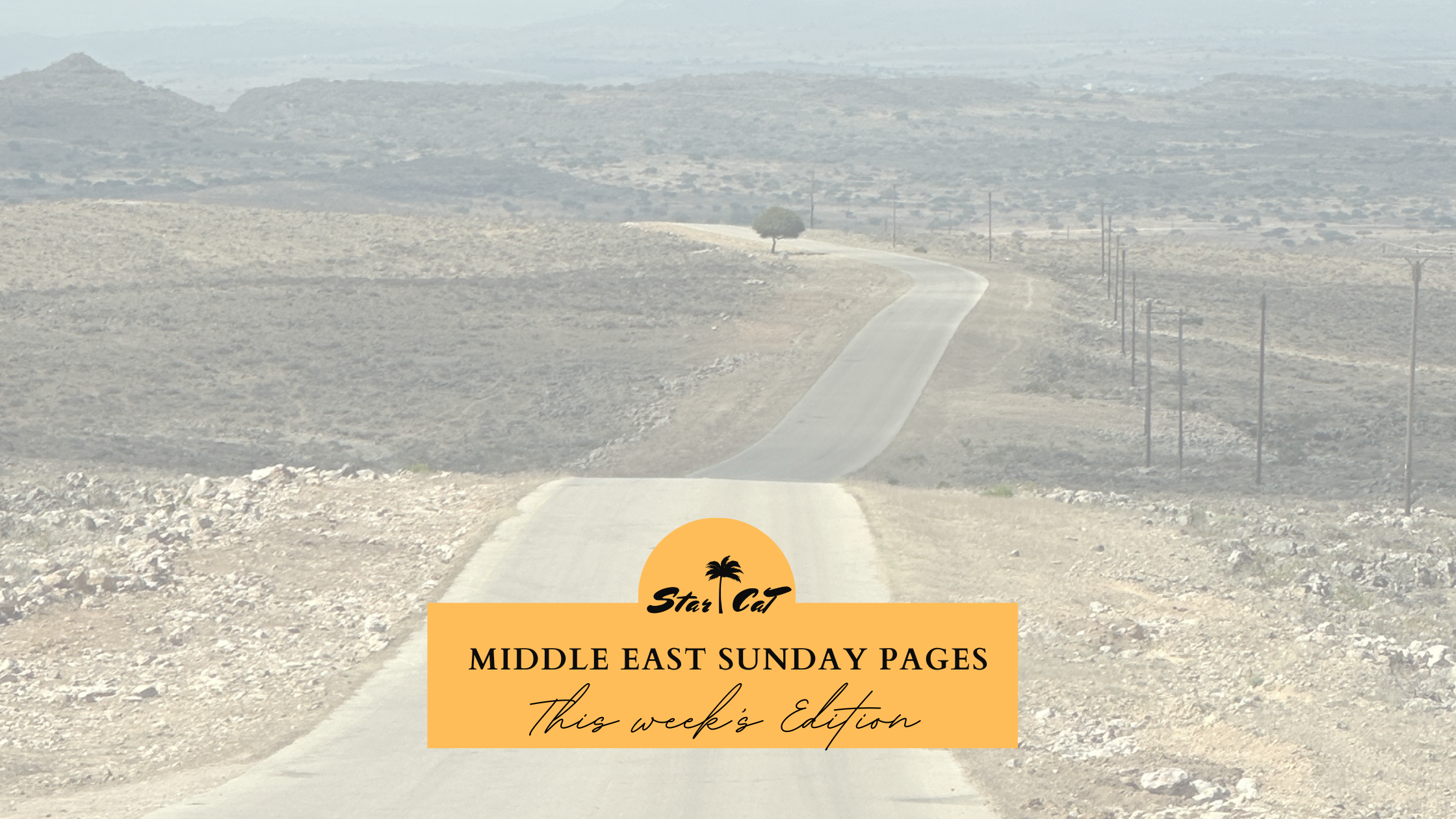
Camels
In the arid landscapes of the Gulf region, where the harsh desert sun and unforgiving terrain define the environment, one resilient and enduring creature stands out as a symbol of survival, tradition, and culinary delight—the camel.
These majestic animals, often referred to as the “ships of the desert,” have played an integral role in the Gulf’s history, culture, everyday life, and even gastronomy. This week, we will embark on a journey through the world of camels in the Gulf region, exploring their significance, adaptations, and their surprising role as a source of sustenance and culinary tradition.
Adaptation to Arid Environments
Camels are uniquely adapted to the challenging desert conditions of the Gulf region. Their long legs and padded feet allow them to traverse the shifting sands with ease, while their humps serve as reservoirs for fat, providing a vital source of energy during long journeys. Their thick coats protect them from the searing sun and the cold desert nights, making them perfectly suited for desert life.
A Lifeline for Desert Communities
For centuries, camels have been more than just beasts of burden; they have been a lifeline for desert communities. Camels were essential for transportation, allowing people to traverse the vast desert landscapes, carry goods, and access remote oases. They served as a means of trade and communication, connecting distant settlements and fostering cultural exchange.
Cultural Significance
Camels hold profound cultural significance in Gulf societies. They have been celebrated in poetry, songs, and folklore, symbolising endurance, resilience, and hospitality.
Racing
The Bedouin tradition of camel racing is a testament to the deep-rooted connection between camels and Gulf culture. Today, camel racing remains a popular sport, attracting enthusiasts and spectators from around the world.
Camel racing, in particular, has captured the imagination of enthusiasts and spectators alike. These races feature specially trained camels and jockeys, often robotic, who guide the camels to the finish line in thrilling contests. The sport has evolved with modern technology, but its roots in tradition remain intact, providing a blend of heritage and high-speed entertainment.

Beauty Contests
Another intriguing facet of camel culture in the Gulf is the phenomenon of camel beauty contests. Just as in other beauty contests, judges assess the camels based on specific criteria, including their size, shape, and coat quality. These contests have garnered international attention and have become not only a celebration of the majestic appearance of camels but also a showcase of the dedication and expertise of their breeders and handlers.
Camel beauty contests have evolved into prestigious events with substantial prizes, further underlining the unique and multifaceted role of camels in the Gulf’s sporting and cultural landscape. Some have even been disqualified for using Botox.
Modern Adaptations
While the traditional role of camels in transportation and trade has diminished with modernisation, camels have found new roles in the Gulf.
They are often featured in cultural festivals and events, where their beauty and grace are showcased.
Culinary Delight
Camels have not only been revered for their utility but have also found their way onto dinner tables. Camel meat, known for its lean and flavourful characteristics, is a culinary delicacy in the Gulf. It is used in traditional dishes such as “Tharid,” a savoury stew, and “Mashkhool,” a fragrant camel meat dish cooked with aromatic spices. Camel meat’s popularity has extended to restaurants and international food festivals, where it is prepared in diverse and delectable ways.
Additionally, camel milk has gained recognition for its nutritional value and is being marketed as a healthful beverage.
Camels in Conservation
The Gulf region recognises the importance of preserving its native camel breeds. Efforts are underway to safeguard the genetic diversity of camels and protect their unique adaptations. Camel research centres and breeding programs aim to ensure the survival of these iconic desert animals.
Conversation Topic
Camels also make a great Conversation Topic in the region amongst other things. We explore further conversation topics in our Middle East Insights Newsletter to keep you up to day and ensure you never run out of material.
Camels are more than just animals in the Gulf region; they are a symbol of endurance, tradition, and the indomitable spirit of the desert. While modernisation has brought changes to the region, the enduring presence of camels serves as a reminder of the rich heritage, deep connection to the desert, and even culinary creativity that defines Gulf societies. In the ever-changing world of today, camels stand as a testament to the resilience and adaptability of both nature and culture in the Gulf.



